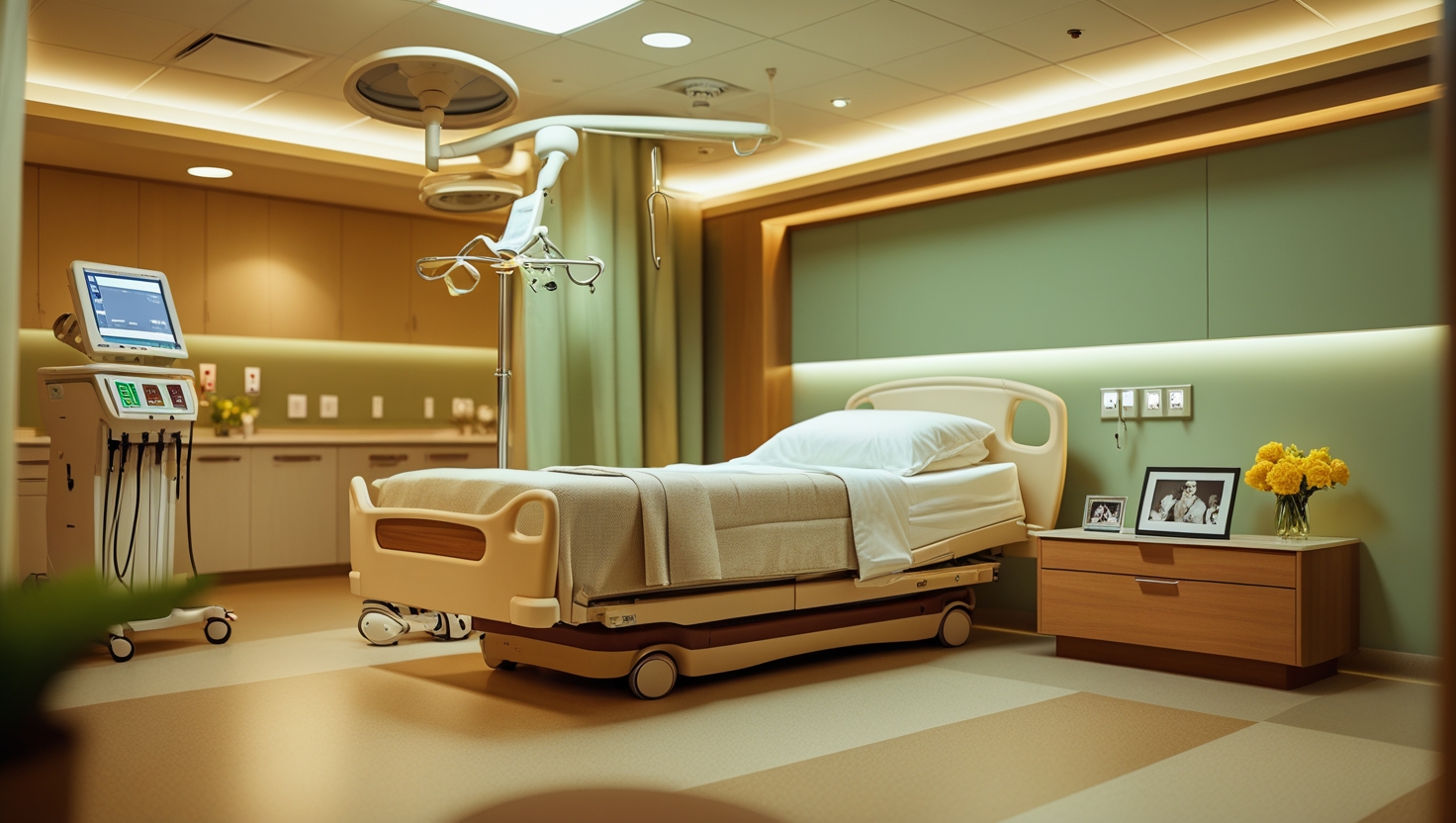Healthcare Architecture & Interior: Designing for Wellness and Efficiency

Healthcare architecture and Interior focuses on creating spaces that support the well-being of patients and healthcare professionals while optimizing the operational efficiency of medical facilities. This specialized field blends design, functionality, and medical knowledge to improve patient outcomes and enhance the work environment for staff. Here’s a closer look at healthcare architecture and interior:
1. The Importance of Wellness-Focused Design
Healthcare environments must be designed to promote healing, comfort, and mental well-being. Research has shown that thoughtfully designed healthcare spaces can reduce stress and anxiety for patients, improve recovery rates, and enhance the overall patient experience. Architects in this field must consider factors such as natural light, color schemes, ventilation, and acoustics to create a calm and supportive atmosphere.
2. Designing for Efficiency
Efficient design is crucial in healthcare architecture. Hospitals, clinics, and other medical facilities must be designed for optimal workflow to ensure that healthcare professionals can deliver the best care with minimal delay. This includes carefully planning the layout of rooms, equipment, and pathways for both patients and staff, as well as ensuring that medical technologies are seamlessly integrated into the design.
3. Adhering to Regulations and Standards
Healthcare architecture involves adhering to strict regulations and codes related to safety, accessibility, and functionality. Architects must work closely with healthcare professionals to ensure that designs meet these standards and are adaptable to changing healthcare needs. In addition to regulatory requirements, the design must also account for infection control, privacy concerns, and the need for flexible spaces that can accommodate future medical advances.
4. The Role of Technology in Healthcare Design
Technology plays an increasingly important role in healthcare architecture. From telemedicine rooms to advanced diagnostic imaging equipment, architects must design spaces that incorporate cutting-edge technology while ensuring they remain functional and patient-friendly. The rise of electronic health records and digital patient tracking also means that healthcare facilities must be designed to support secure data storage and technology infrastructure.
5. Career Opportunities
Healthcare architecture offers a wealth of opportunities for architects, especially those with an interest in public service and social impact. Architects in this field often work with hospitals, healthcare providers, public health organizations, and non-profit organizations. The sector is expected to continue growing as demand for healthcare services rises, making healthcare architecture a rewarding and stable career path.
Conclusion
Healthcare architecture is a highly rewarding field that combines the technical aspects of architecture with the mission of improving health outcomes. Architects in this sector are helping to shape the future of healthcare by creating spaces that support the well-being of patients and staff while ensuring that healthcare






